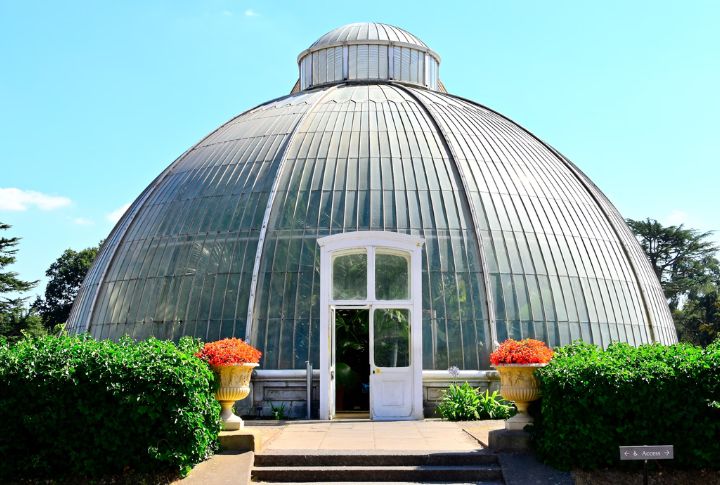
Greenhouses offer the promise of year-round growth and a controlled environment, but it’s not as simple as building a glass structure and expecting things to flourish. The hidden costs and challenges of climate control are just some of the hurdles that can only be fully understood through experience. Before committing to a greenhouse, here are 10 key things you need to know.
Ventilation Is Non-Negotiable
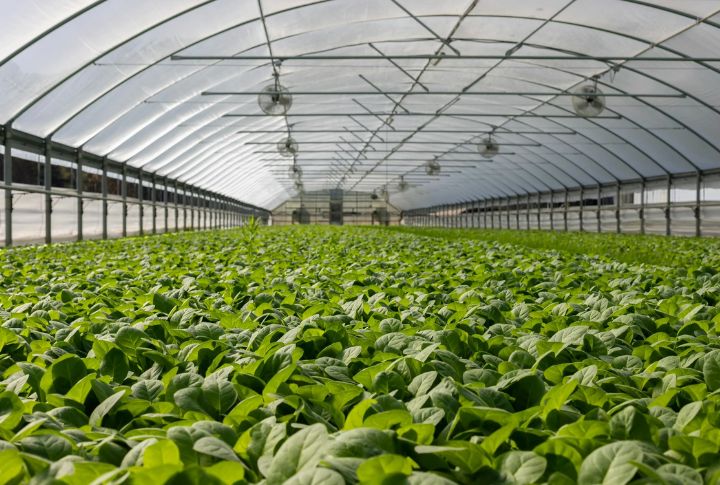
It doesn’t take much sunlight to overheat a greenhouse. Without adequate roof vents, louvered side vents, or automated fan systems, temperatures can soar past 100°F and kill seedlings in hours. Passive ventilation isn’t enough in warm climates: an exhaust fan and intake vent setup may be required even in spring.
Pest Problems Get Trapped Inside
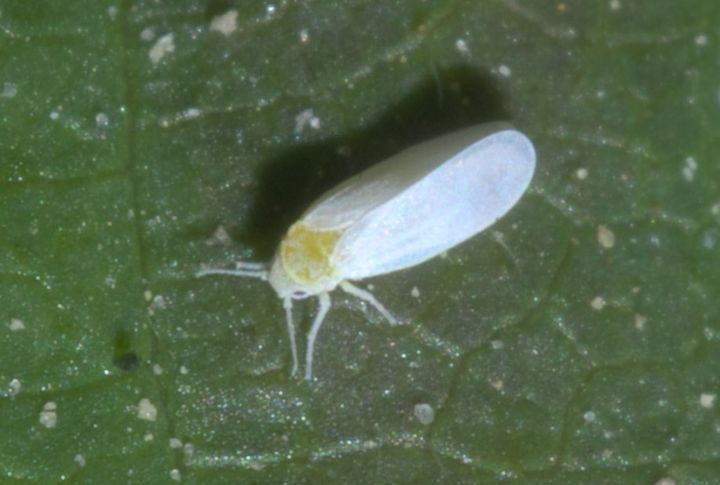
Unlike pests in outdoor gardens, pests in greenhouses often have no natural predators. Once aphids or whiteflies get in, they multiply rapidly in the warm, protected environment. Sticky traps help, but you may need to introduce beneficial insects like parasitic wasps or lacewings to get infestations under control.
It’s Not As Low-Maintenance As Expected
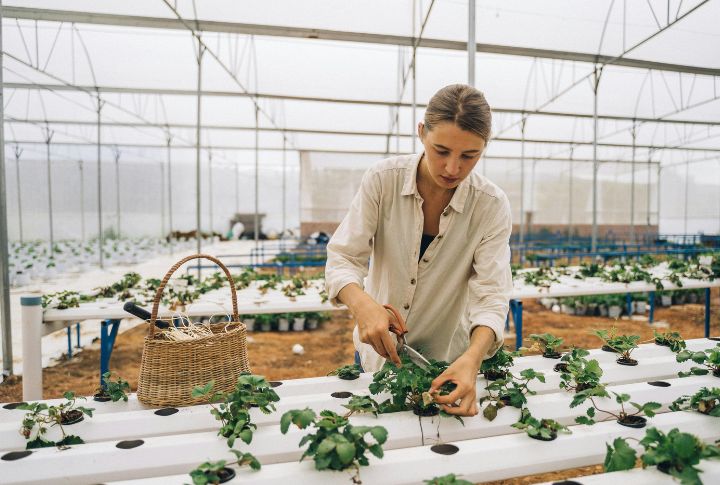
Managing humidity and pruning plants are part of greenhouse upkeep. Algae, mold, and fungal diseases love the moist, enclosed space. Glass and polycarbonate panels also require periodic cleaning to maintain light transmission. A thin layer of grime can reduce sunlight by up to 10%.
Heating Costs Can Be Brutal
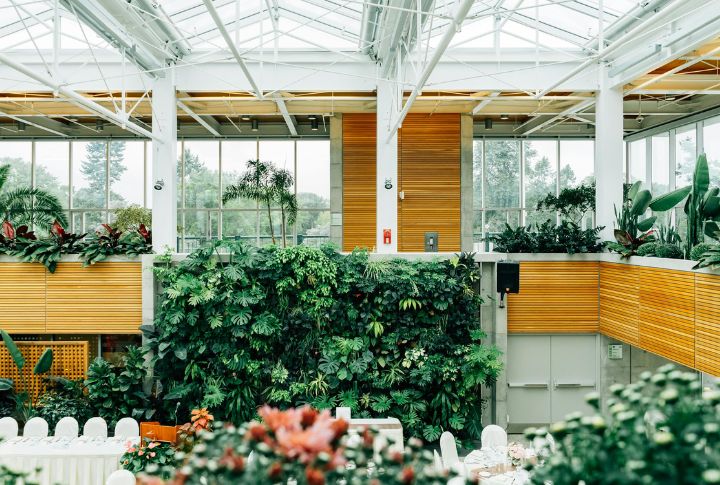
In colder regions, winter heating becomes a major expense. Even a well-insulated structure with double-glazed panels can rack up electricity or propane bills if you want to keep temperatures above 50°F. A small 10×12 greenhouse can easily cost $100–$300 per month to heat, depending on the system and weather.
Not All Materials Age Well
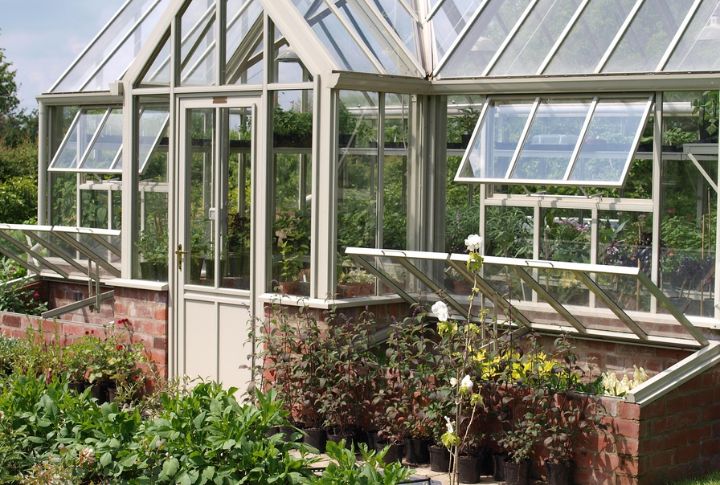
Polyethylene film may seem cost-effective initially, but it degrades under UV exposure and often needs replacing every 3–5 years. Corrugated polycarbonate lasts longer but can discolor and crack if it lacks proper UV protection. Glass remains the most durable option, but it is expensive and labor-intensive to install.
Location Isn’t Just About Sunlight

While southern exposure is ideal, other placement factors matter just as much. Wind protection, drainage, and access to water and power can make or break your setup. Placing your greenhouse near tall trees will lead to fallen debris and constant shade during critical growing hours.
Condensation Is A Constant Battle
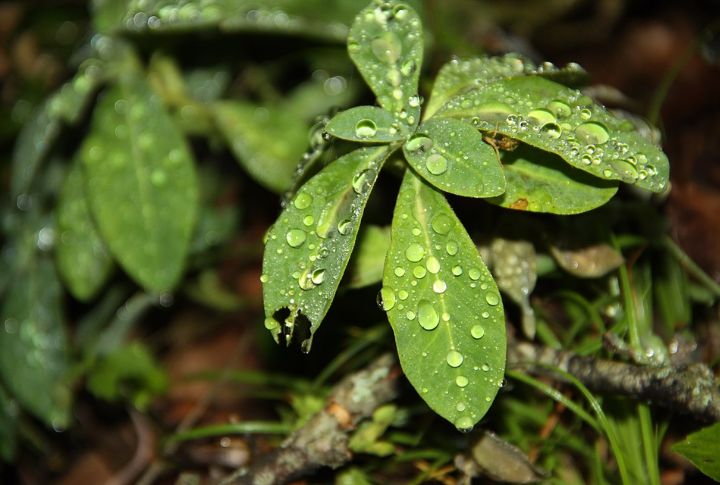
Humidity builds up fast in a greenhouse, especially during cooler nights. Without good air circulation and insulation, condensation collects on plants and surfaces, encouraging rot and mildew. Double-layered poly sheeting with an air gap can reduce interior dripping, but you may have to add horizontal airflow fans to control it fully.
You’ll Need A Shading Strategy

Intense summer sunlight can scorch even heat-loving plants inside a greenhouse. Paint-on shading compounds, shade cloths rated at 40–60%, or retractable interior blinds help regulate heat and light. You shouldn’t lose a pepper crop before learning this.
Automation Saves More Than Time
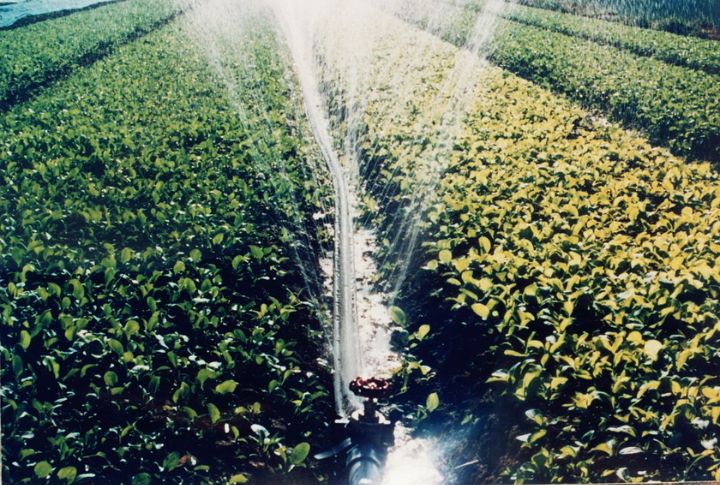
Manual watering and venting seem manageable until life interrupts. Missing a single hot afternoon can wilt or kill tender seedlings. Installing thermostatic vent openers, timed drip irrigation, and grow light controllers ensures stable conditions 24/7.
Planning Layout Matters More Than You Think
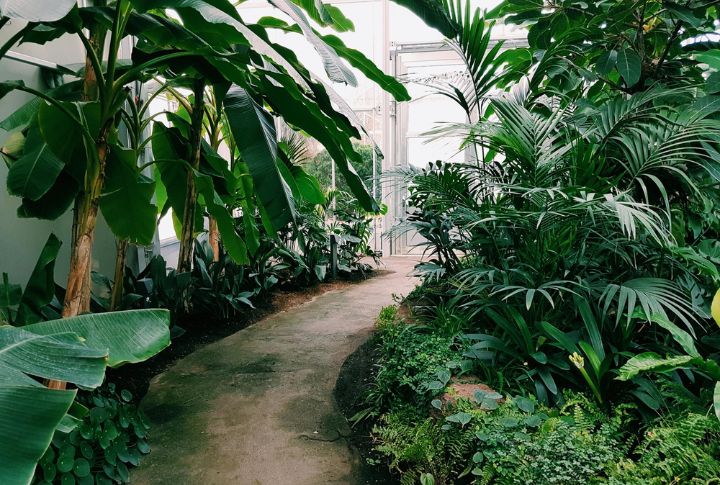
A poor layout turns greenhouse work into frustration. Tight walkways block movement, while overstuffed benches limit airflow and light penetration. Add a 24-inch center aisle and space beneath shelves for storage. Proper planning means healthier plants and less daily hassle.

